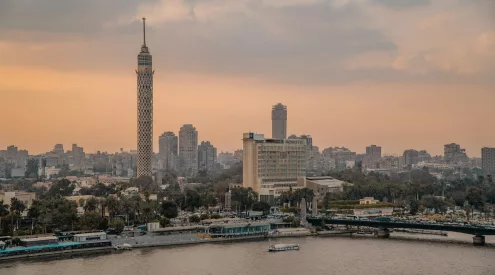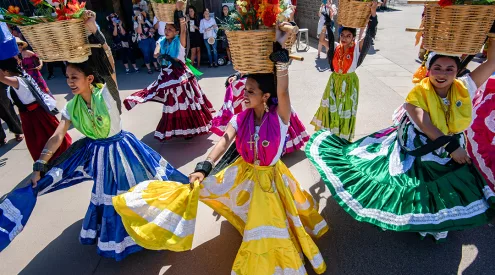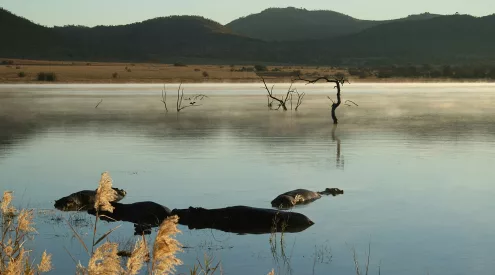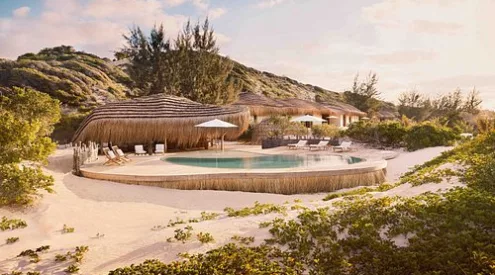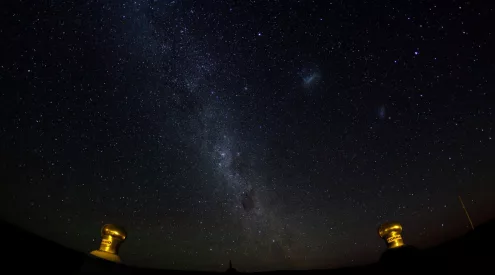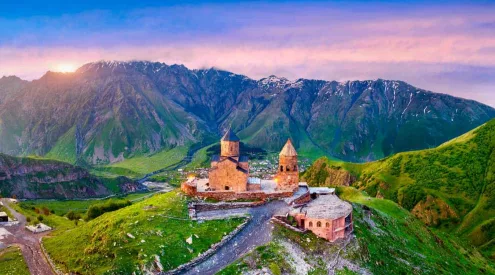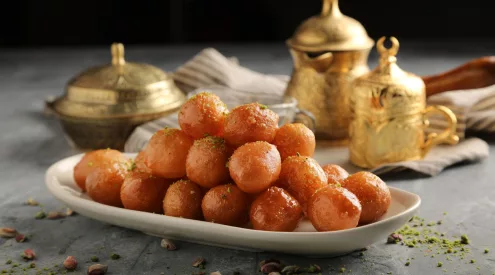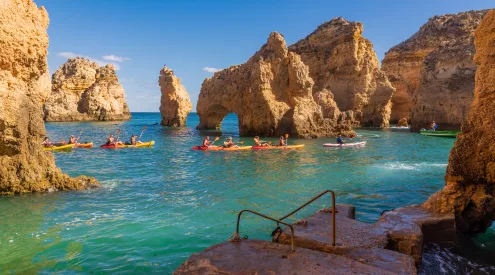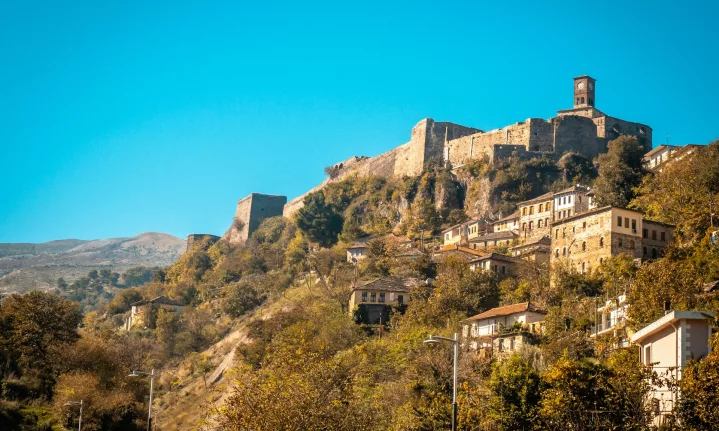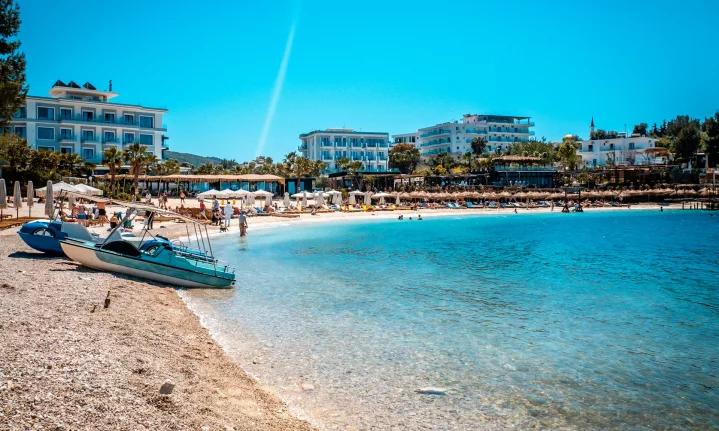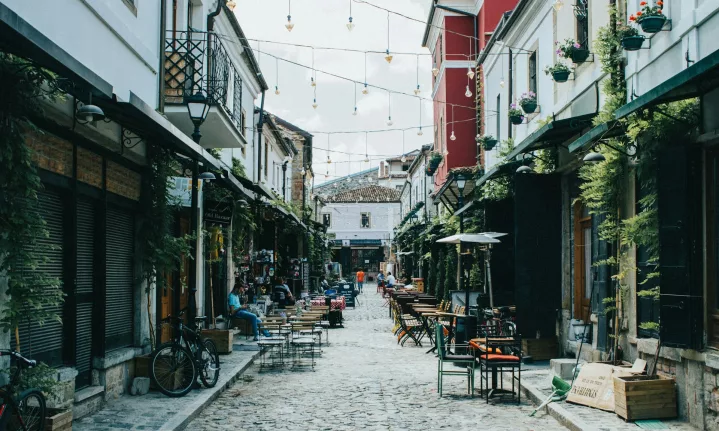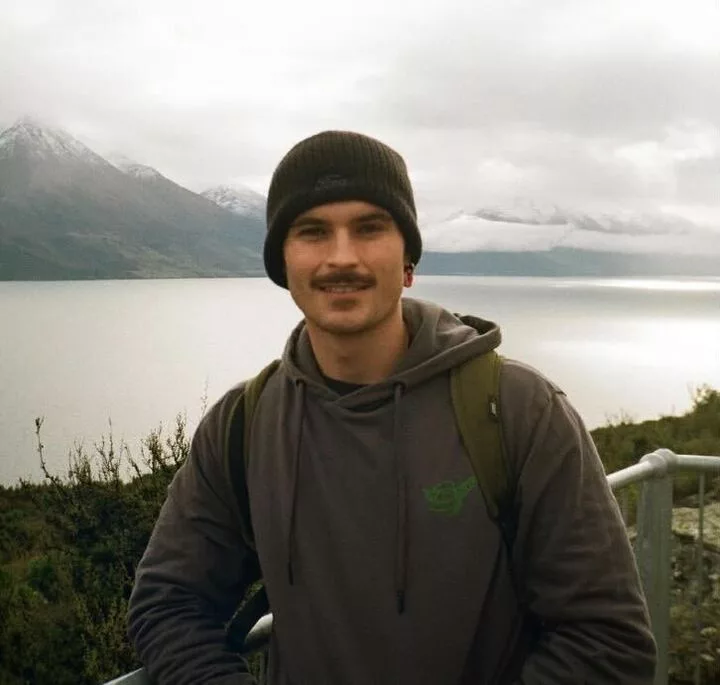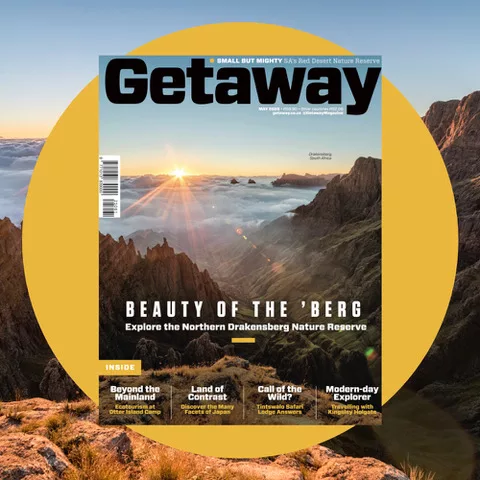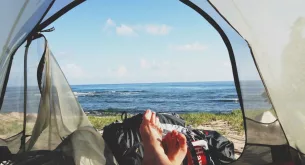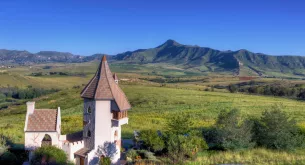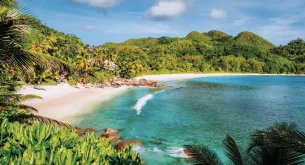Tucked between Greece and Montenegro, Albania is the sort of place that feels like a travel secret whispered among those in the know. After decades of isolation, this small Balkan country is finally stepping into the spotlight—but still offers the quiet allure of a land that hasn’t been overrun by cruise ships and tour buses.
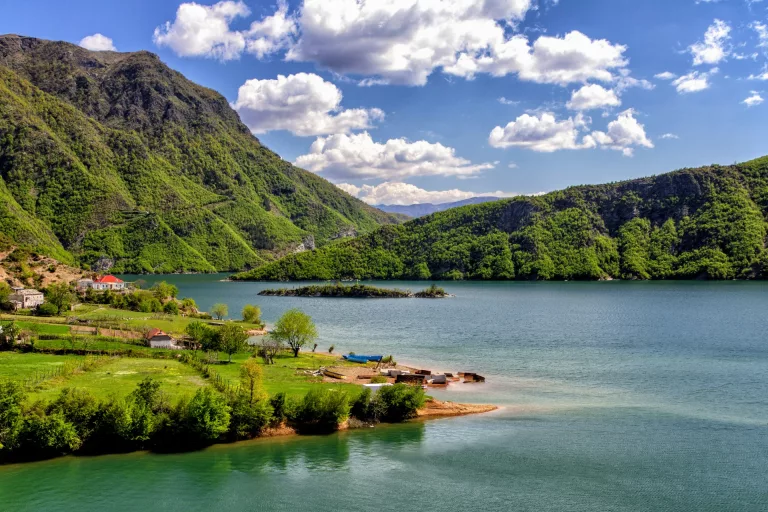
Yves Alarie/Unsplash
With warm hospitality, dramatic mountain-meets-sea scenery, and costs that are friendlier than almost anywhere else in the Mediterranean, Albania offers something rare: a sense of discovery.
Gjirokastra: A city carved from stone
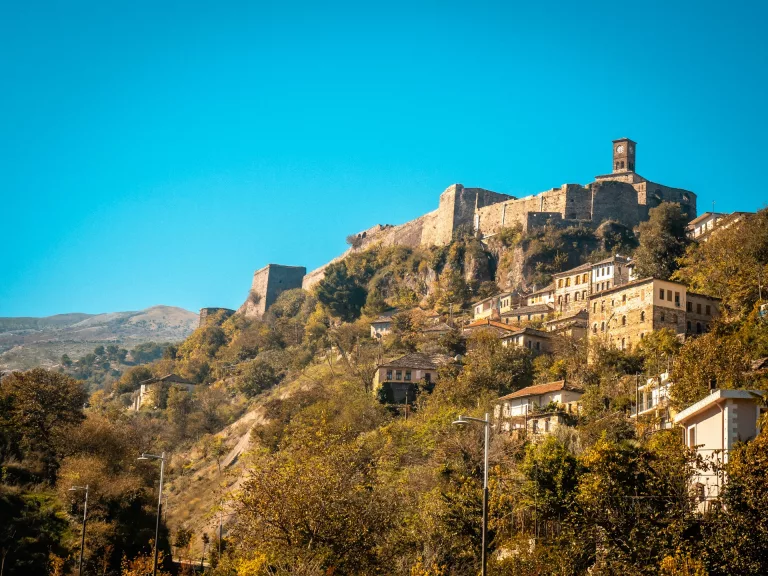
Adventure Albania/Unsplash
Begin your Albanian journey not on the coast, but inland, where the past is etched into stone walls and Ottoman rooftops. Gjirokastra, a UNESCO World Heritage Site, is known as the “City of Stone.” Its old town spills down a hillside in layers of grey slate roofs, cobbled alleys, and fortress views.
Wander the bazaar where local artisans still sell handwoven rugs, traditional woodwork, and copperware. Visit Gjirokastra Castle for sweeping views over the Drino Valley and to explore its eclectic collection of weaponry and history (including a captured U.S. Air Force plane from the Cold War era). Don’t miss the Ethnographic Museum of Kruja.
Stay the night in a guesthouse where the walls are thick with history and your breakfast includes homemade fig jam and byrek fresh from the oven.
Berat and Butrint: Layers of history
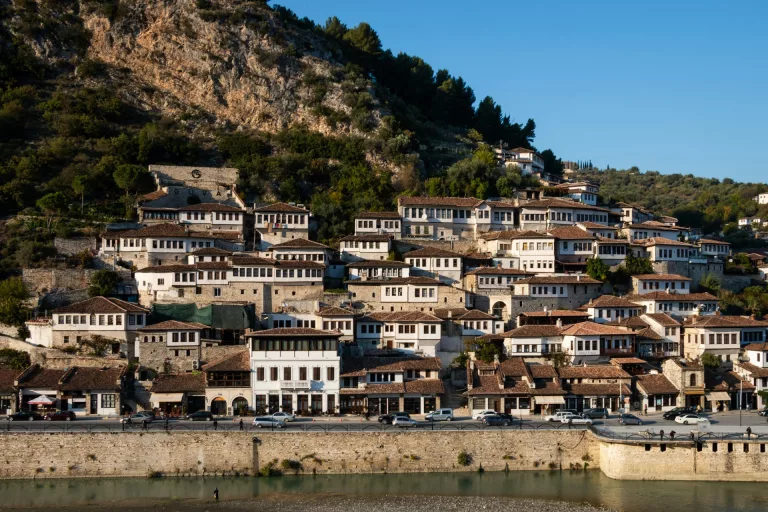
Konpasu De/Unsplash
While Gjirokastra is all stone and drama, Berat is its sun-kissed cousin—a whitewashed dream on the banks of the Osum River. Also a UNESCO site, its homes climb the hill in seemingly endless rows of arched windows. Explore Berat Castle (yes, people still live inside its walls), or sip coffee on the promenade as locals stroll past.
Further south, near the Greek border, lies Butrint, an ancient city layered with Greek, Roman, Byzantine, and Venetian ruins. Think of it as Albania’s mini Pompeii—minus the crowds. Amphitheatres, temples, and mosaic floors lie among tranquil lagoons and shaded walkways.
ALSO READ: Sing, dance, create: Where to join the local scene while you travel
The Albanian Riviera: Wild and wonderful
After the mountains and museums, it’s time to hit the coast—and Albania delivers. The Albanian Riviera stretches from Vlorë to the Greek border, a sun-soaked arc of dramatic cliffs, olive groves, and quiet beaches lapped by turquoise water.
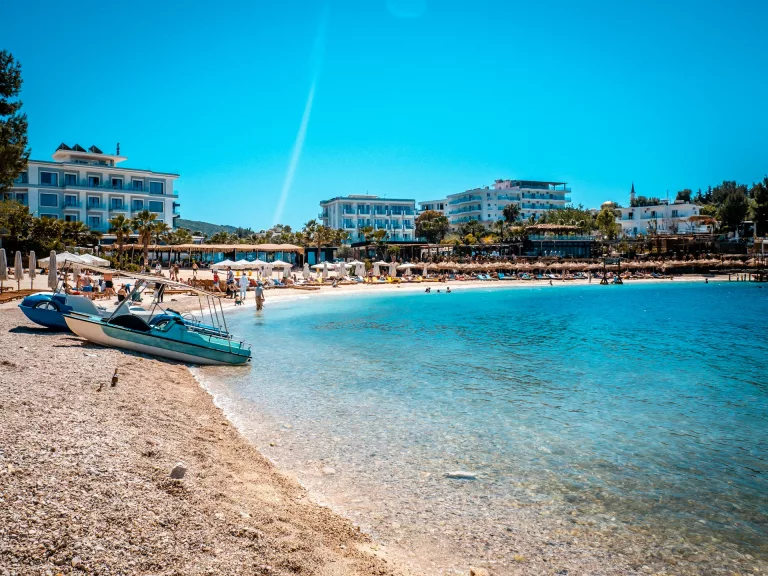
Ksamil Beach/Adventure Albania/Unsplash
Top beaches to visit:
- Ksamil: Often called the “Maldives of Europe,” Ksamil is postcard-perfect with its white sand and shallow, clear waters. Located just south of Sarandë and close to Butrint, it can get crowded in high summer, but it’s still far quieter than the Greek islands just across the water.
- Dhërmi: A blend of traditional charm and crystal-clear water, Dhërmi offers pebble beaches, sea caves and a charming old village perched on the hill above. Think of it as a rustic cousin to the Amalfi Coast—without the price tag.
- Gjipe Beach: This secluded stunner sits at the end of a dramatic canyon and requires a short hike or boat ride to reach. It’s one of the most beautiful and unspoiled beaches in the country—perfect for a digital detox.
- Himarë: A small town that feels more Greek than Albanian, Himarë blends laid-back vibes with soft-sand beaches and nearby coves ideal for kayaking or snorkelling.
- Borsh: If you like your beaches long and your neighbours few, Borsh is a dream. The largest beach on the Riviera, it’s backed by olive groves and ruins, and its calm waves are perfect for lazy swims.
Albania travel tips

Korçë, Albania/Renaldo Kodra/Unsplash
- When to Go: Late May to early October is beach season, but for fewer crowds and milder temperatures, try June or September.
- Currency: Albanian Lek (ALL) – but many places accept euros, especially near tourist hubs.
- Getting Around: Renting a car is the easiest way to explore (roads are improving), though minibuses and taxis are available. Budget extra time for mountain passes and hairpin bends.
- Language: Albanian is the official language, but Italian, Greek and English are widely spoken in tourist areas.
A different kind of Europe
Albania doesn’t fit the typical Mediterranean mould—and that’s exactly the point. It’s where mountain villages feel timeless, where castles outnumber resorts, and where every meal—whether grilled trout from a mountain stream or spicy qofte (meatballs)—tastes like it came from a grandmother’s kitchen.
Follow us on social media for more travel news, inspiration, and guides. You can also tag us to be featured.
TikTok | Instagram | Facebook | Twitter
ALSO READ: Egypt launches visa-on-arrival system

